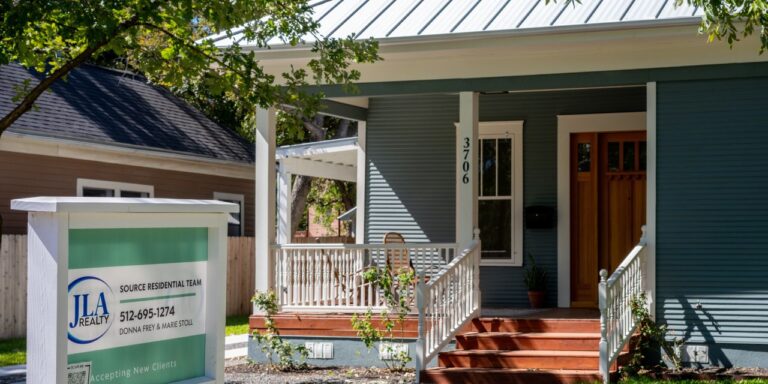Interest in adjustable-rate mortgages jumps 10%
The numbers: U.S. mortgage demand fell for the third week in a row, despite mortgage rates falling for the first time in two months.
Home-buying demand fell to the lowest level since 1995, and refinance activity fell to the slowest pace since the start of this year.
Buyers continue to turn to adjustable-rate mortgages, or ARMs, with demand surging nearly 10% over the last week.
The rise in rates dampened overall mortgage demand. The overall market composite index — a measure of mortgage application volume — fell in the latest week, according to the Mortgage Bankers Association (MBA) said on Wednesday.
The market index fell 2.1% to 161.8 for the week ending October 27 from a week earlier. A year ago, the index stood at 200.1.
Key details: Home-buying and refinancing activity continue to remain depressed, as rates stay well over 7%.
Buyer demand has dried up. The purchase index — which measures mortgage applications for the purchase of a home — fell 1.4% from last week.
Refinancing activity also took a dive in the latest week. The refinance index fell 3.5%.
The average contract rate for the 30-year mortgage for homes sold for $726,200 or less was 7.86% for the week ending October 27. That’s down from 7.9% the week before, the MBA said.
The rate for jumbo loans, or the 30-year mortgage for homes sold for over $726,200, was 7.8%, up from 7.78% the previous week.
The average rate for a 30-year mortgage backed by the Federal Housing Administration rose to 7.57% from 7.52%.
The 15-year rose to 7.14% from 7.08% from the previous week.
The rate for adjustable-rate mortgages fell to 6.77% from last week’s 6.99%. ARMs now comprise 10.7% of all applications.
The big picture: Home buyers are searching for ways to make the cost of taking on a mortgage cheaper, turning to adjustable-rate mortgages which offer a lower rate up front.
But home-buying demand overall remains dull, as most buyers find the current rate environment as well as home prices expensive.
What the MBA said: ”The 30-year fixed rate dipped slightly to 7.86 percent but remained close to 23-year highs and has been above the 7-percent level since early August 2023,” Joel Kan, deputy chief economist and vice president at the MBA, said in a statement.
Market reaction: The yield on the 10-year Treasury note
BX:TMUBMUSD10Y
was over 4.9% in early morning trading Wednesday.
Read the full article here









